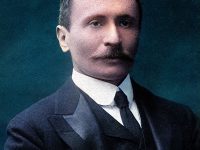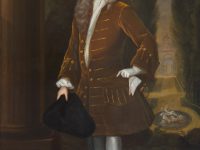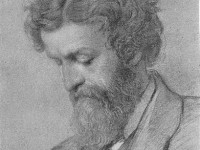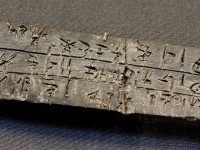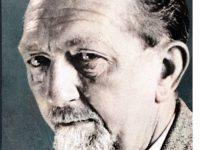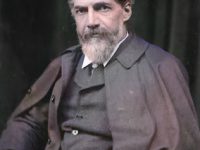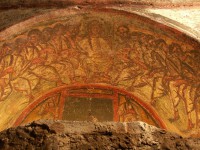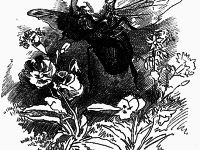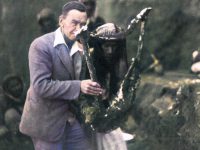Marc Aurel Stein and the Dunhuang Caves
On November 26, 1862, Hungarian-British archaeologist Sir Marc Aurel Stein was born. Stein is primarily known for his explorations and archaeological discoveries in Central Asia. Stein was also an ethnographer, geographer, linguist and surveyor. His collection of books and manuscripts taken from Dunhuang caves is important for the study of the history of Central Asia and the art and literature of Buddhism. When the Dunhuang Caves, China, closed for centuries, were reopened,…
Read more

